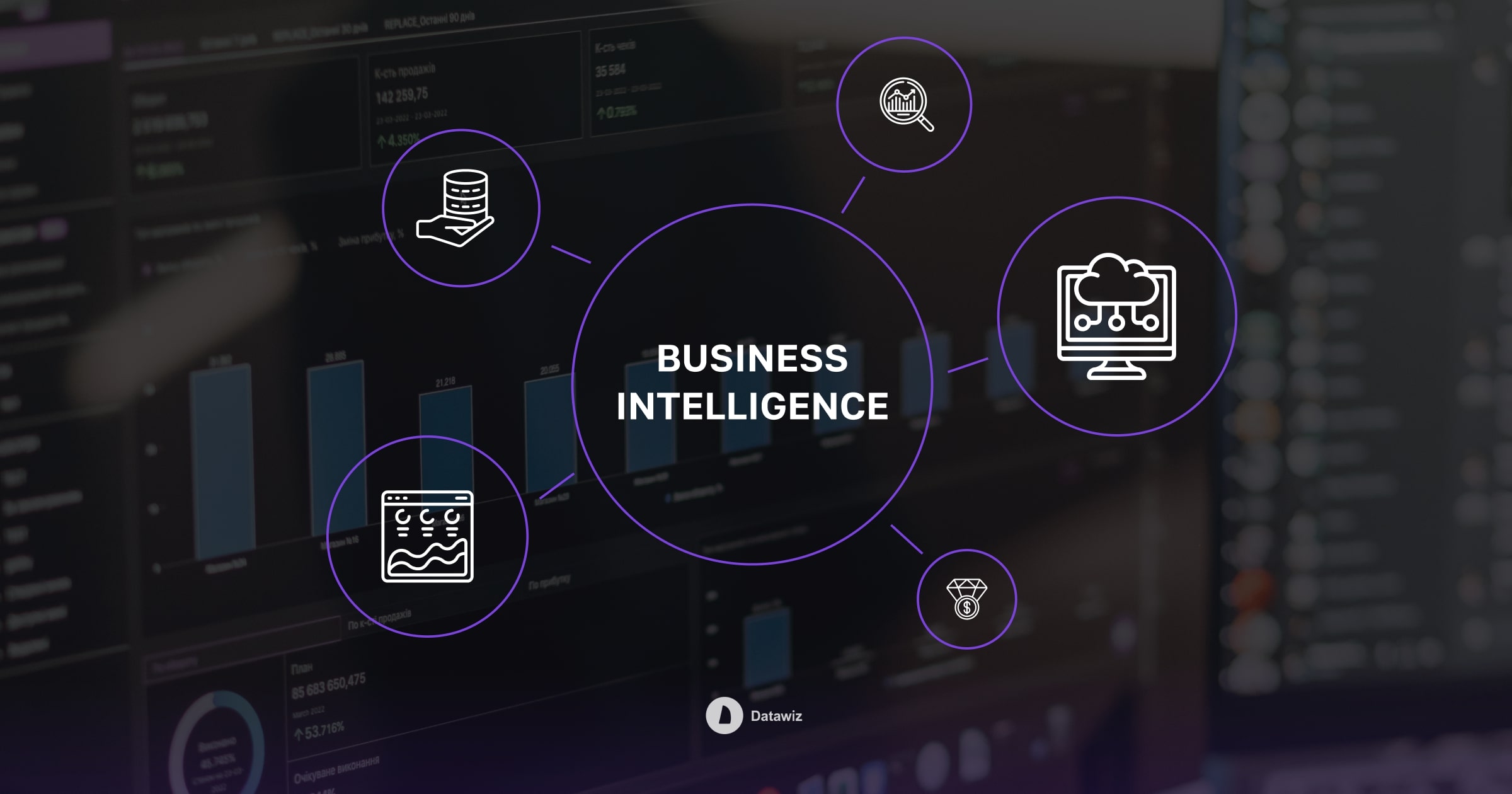Which Business Intelligence tools will retailers be focusing on this year?
Every year, the use of data analytics in retail is becoming more effective. It helps companies and enterprises improve customer interactions and drive progress in internal business processes. With the unpredictable changes in the economic environment, retailers are facing the question of how to optimise their investment in Business Intelligence tools and how effectively employees can use the data.
In the new year 2023, the level of influence of analytics data is only increasing. Here are the key trends in BI-driven decision-making.

1. Democratisation of data.
In order to improve the use of analytics data, it became necessary to create a culture based not on intuition and subjective opinions of employees, but on factual information from a single source. Simply put, with the introduction of BI tools at all levels of analytics use in the company, there is a democratisation of data.
The democratisation of data enables a data-driven approach, which significantly reduces inaccuracies in decision-making. The use of company-wide data helps employees go deeper into the real situation and make objective arguments.
The benefits of the data-driven approach are covered in more detail in our previous article: How does a data-driven approach help retailers become leaders?
The benefits of data democratisation:
- improving the effectiveness of the decisions made;
- increasing the return on investment in BI tools;
- improving the granularity of customer analytics;
- the flexibility of data generation;
- high performance by employees.
2. Personalisation of trade offers.
The economy is in a state of emergency, forcing retailers to take stabilising steps beyond promotions and discounts. A new effective method of interacting with consumers (and, as a consequence, increasing profits) is an individualised approach to each retailer's customer. Developing an effective loyalty program requires a variety of analytics data to help the retailer build a personalized relationship with each customer.
Today's data analytics systems enable customer segmentation specifically on the basis of customer preferences. Such data is useful for financial analysts as well as for marketers and merchandisers: it can be used to adjust both product displays and related promotional campaigns, which will ultimately be reflected in higher profits.

3. Built-in analytics and self-service BI.
Integrating tools into a user's business makes workflow both flexible and efficient, as well as customised. The user experience of employees in the process of personal data analysis enables a deeper understanding of the company's business processes and has an impact on results.
Self-service analytics is rapidly gaining popularity. The processes involved in self-service BI significantly accelerate the delivery of analytics data directly to business users. Data autonomy makes business processes within a company more flexible. This approach to analytics is easy enough for virtually any employee to learn thanks to the intuitive BI tools.
4. Cloud technologies.
Cloud technology has proven to be extremely useful in making it easier for companies to interact with their own data. First and foremost, data storage and processing in the cloud does not require specific maintenance. The interface is intuitive and adaptive - thus increasing the efficiency of employees' use of information. Data storage in the cloud infrastructure is organised much more concisely, which is an advantage over the use of complex, locally maintained servers. Cloud platforms are a powerful tool for the process of data democratisation and the development of a culture of data consumption at all levels in the company.
5. BI data visualisation.
Presenting large amounts of data from unconnected sources in a visual form is not new as an idea, but this year companies will be paying even more attention to this type of data assimilation.
The use of a variety of graphical data visualisation techniques satisfies the perception needs of many more employees depending on tasks and mandates. Such BI tools help to draw the right conclusions from the data much faster and are easily assimilated even by non-core employees, which is especially necessary when data is democratised.
In Datawiz's Builder service, dashboards can be created with a wide range of data detail depending on the values required.
CONCLUSION
With such solutions and tools, the use of analytics data becomes much more efficient and easy to use at the same time. Individualisation of the displayed data increases the business impact and provides autonomy in decision-making - faster, more accurate, more efficient!
 What's new?
What's new?





 No credit card required
No credit card required